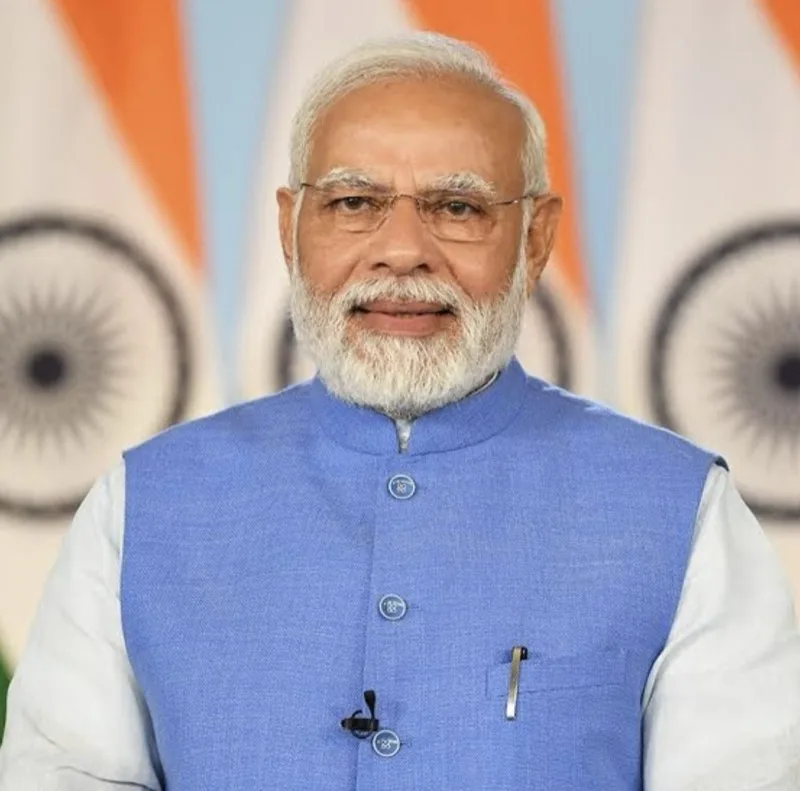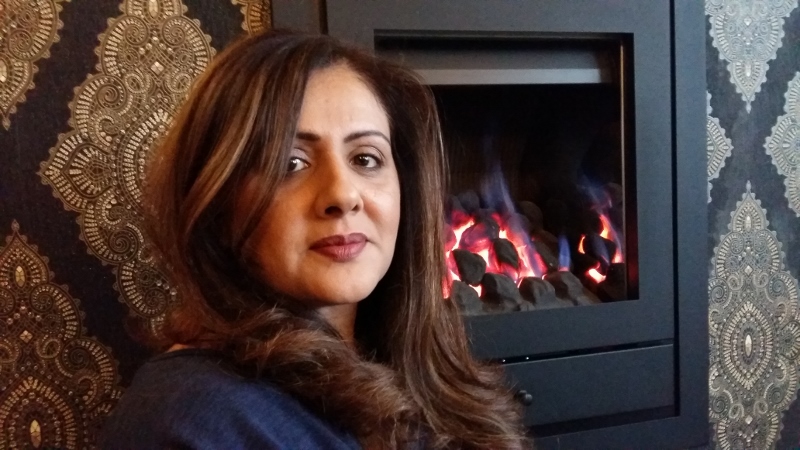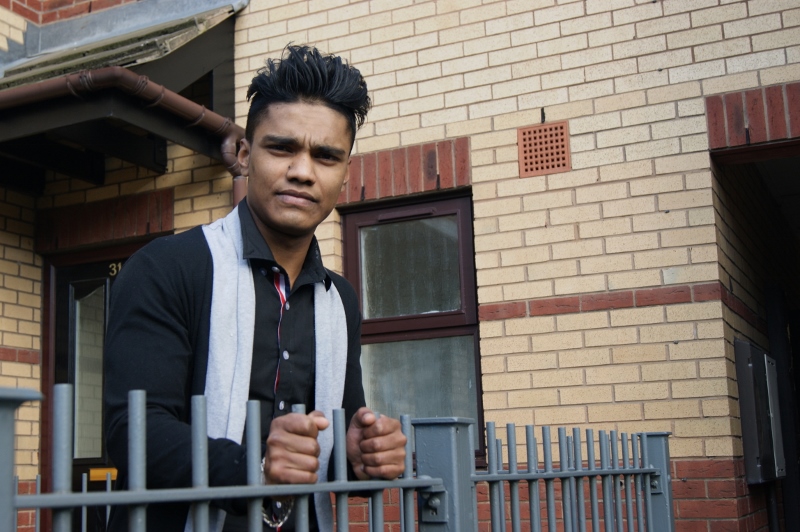
Narendra Modi was inaugurated as India’s prime minister for a third term on Sunday 9th June, following an unexpected election setback that will challenge his ability to maintain policy stability within a coalition government in the world’s most populous nation.
President Droupadi Murmu administered the oath of office to Modi at Rashtrapati Bhavan in New Delhi. The ceremony was attended by thousands of dignitaries, including leaders from seven regional countries, Bollywood stars, and industrialists.
Supporters celebrated enthusiastically as the 73-year-old leader, wearing a white kurta and blue half-jacket, took his oath. Following Modi, senior ministers from his previous administration – Rajnath Singh, Amit Shah, Nitin Gadkari, Nirmala Sitharaman, Subrahmanyam Jaishankar, and Piyush Goyal – were also sworn in.
Modi, originally a publicist for the Hindu nationalist Rashtriya Swayamsevak Sangh, the BJP’s ideological parent, is only the second person after Jawaharlal Nehru to serve a third consecutive term as prime minister.
He secured this term after a multi-stage election concluding on 1st June, with the support of 14 regional parties in his BJP-led National Democratic Alliance. In contrast to his previous outright majority victories, this outcome was seen as a setback, as polls had predicted an even stronger showing.
Modi’s tenure has delivered significant economic growth and elevated India’s global profile, but domestic challenges like insufficient job creation, high prices, low incomes, and religious tensions have led to voter dissatisfaction.
As the former chief minister of Gujarat from 2001 to 2014, Modi enjoyed strong majorities, enabling decisive governance. His new term as prime minister, however, is expected to involve complex negotiations to build consensus on political and policy issues amid diverse regional interests and a stronger opposition.















